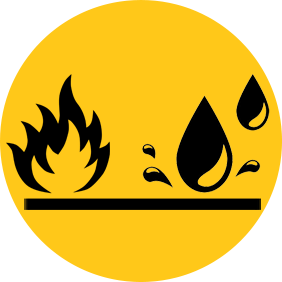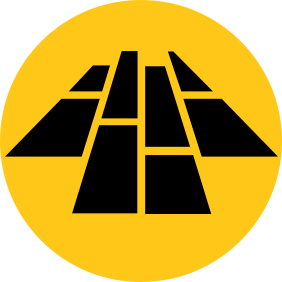DEEP DIVE
E-Planks Wood Grades
When selecting options for engineered wood, another factor is the wood grade. This refers to the quality of the wood surface, which is categorized based on the size and number of knots, the amount of sap present, color variations, and any other imperfections you may find. The widely accepted grading system of timber is by letters: AB, ABC, ABCD, and CD grade.
AB (Prime Grade)
AB (Prime Grade)
- Highest grade available
- Uniform and clean look
- No knots
ABC (Select Grade)
ABC (Select Grade)
- Main alternative to prime grade
- Slight inconsistencies in wood tone and color
- Very few knots
ABCD (Natural Grade)
ABCD (Natural Grade)
- Made from different grades of wood
- Natural wood look
- May contain large knots and significant color variation
CD (Rustic Grade)
CD (Rustic Grade)
- Contains all the natural characteristics of wood
- Large knots
- Dramatic color variation
E-Planks vs Solid-wood
E-Planks vs
Solid-wood
Engineered wood has risen in popularity in recent times as an alternative to solid-wood thanks to its natural wood appearance and cost-efficient price point. Let’s explore how E-Planks stacks up against this popular flooring option.
| E-Planks | Solid-Wood | |
|---|---|---|
 Appearance Appearance | Real hardwood surface | Real hardwood surface |
 Heat & Water Resistance Heat & Water Resistance | Water-resistant. Less prone to warping and swelling | Not recommended for humid or wet areas; prone to warping |
 Installation Installation | Glued-down, tongue-and-groove. Professional installers are recommended. | Nailed to the subfloor with joist support underneath.
Higher labor costs. Professional installers are required. |
 Cost Cost | Cost-efficient | More expensive |
 Maintenance Maintenance | Surface can be swept and vacuumed. Can be sanded at least once. | Surface can be swept and vacuumed. Can be sanded multiple times |
Types of Engineered Wood Floors
3-ply engineered wood
- Because the middle layer only comprises a single block of wood, the 3-ply is more prone to warping due to elements like flooding, swings in humidity, and changes in temperature
- The tongue-and-groove profile is also more fragile, making this type only suitable for areas that will not be under too much stress and for boards with a width up to 200mm only.
Multi-ply engineered wood
- These layers are positioned such that the grains are moving in different directions to properly distribute stress and reduce warping
- Due to the extra strength provided by the multiple layers, this type is recommended for boards up to 350mm width.
Recommendation
Since these are the two most common types of engineered wood floors, asking which type to choose is a common question. It all boils down to three main factors:

Cost.

Working conditions.

Ease of fitting.
We highly recommend choosing the multi-ply engineered wood, the type that all our products utilize, to ensure the stability and durability of your flooring. While 3-ply may be cheaper, choosing a flooring that you know will last is key in designing your perfect project!
Which Areas are Suitable for Engineered Wood
| Recommended | Not Recommended |
|---|---|
| Living room | Bathroom |
| Dining room | Laundry room |
| Bedroom | Utility room |
| Dry Kitchen | Wet kitchen |
| Hallway | Outdoor |